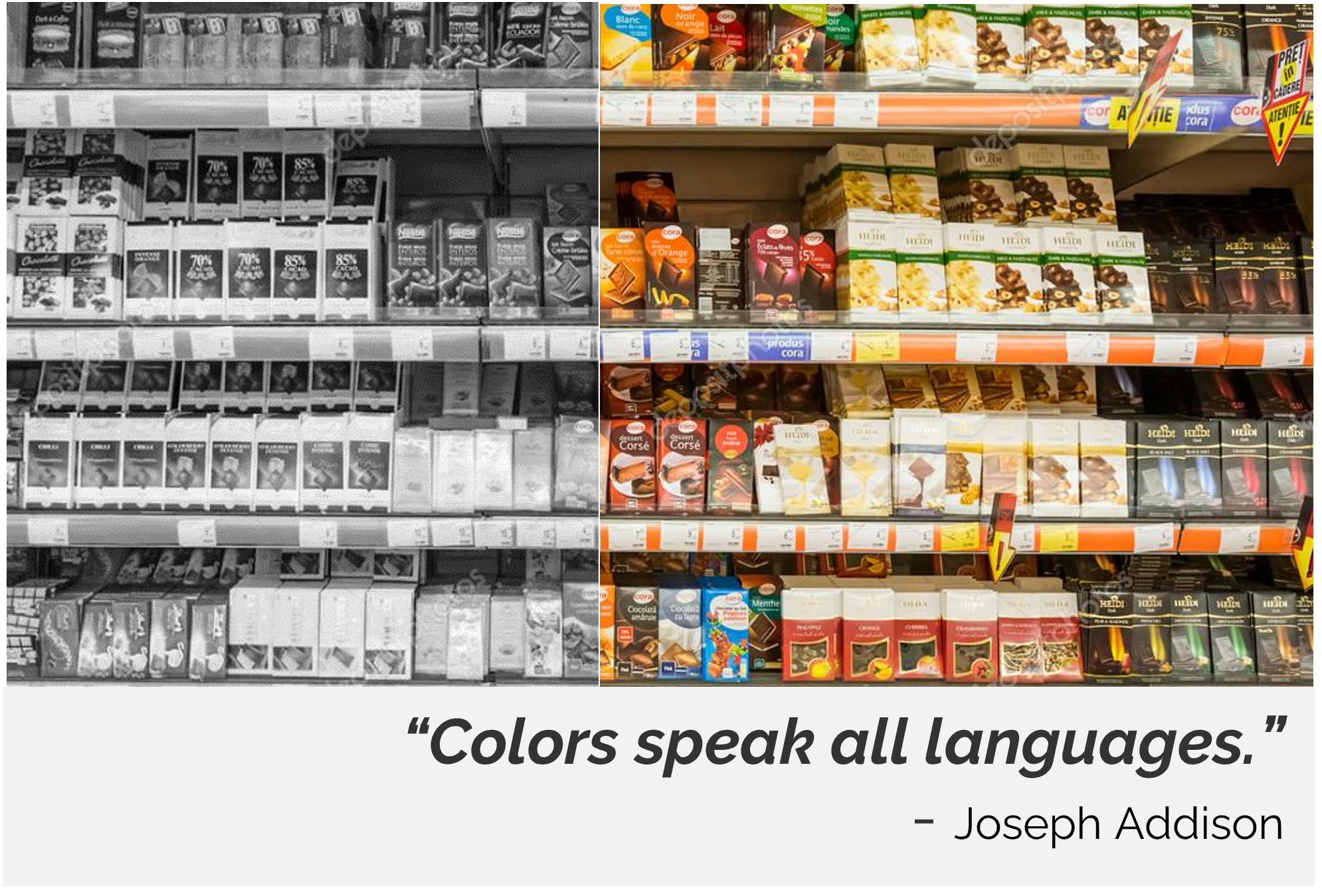Safety of Direct Food Contact (DFC) Ink
When it comes to packaging inks that make direct contact with food, manufacturers understand that the inks must be safe. Contact with food products must never result in contamination.
Since DFC inks have the potential to become a component of the edible items due to contact with packaging, they are considered food additives. For this reason, the binders, colorants, and carriers in the ink must be deemed safe for consumption.
Regulating DFC Inks
Manufacturers are faced with multiple obstacles when it comes to ensuring the safety of packaged products. While there is no single regulation that lists all the inks allowed in food packaging materials, the chemicals in inks that may become components of food are primarily governed by Title 21 Part 582 of the U.S. Code of Federal Regulations (21 CFR).
The components of some inks are identified and permitted under various sections of 21 CFR – for example, the 21 CFR 178.3297 classification “Colorants for polymers.” If the packaging is made of paper, the ink components may be cleared through 21 CFR 176.170, “Components of paper and paperboard in contact with aqueous and fatty foods.” Some ink components may also be allowed through a Food Contact Notification, prior sanction, Threshold of Regulation exemption, or an approved food additive petition.
 Food Additive Petitions
Food Additive Petitions
Even with multiple regulations in place, without a comprehensive list of acceptable ink components, packaging printers and food companies may feel uncertain about adherence to the governing laws and regulations. Industry nonconformity is often unintentional, and misunderstandings and confusion about food packaging-related regulations remain commonplace.
To simplify their efforts, some organizations submit food additive petitions. Each petition is an official request to have the FDA issue a regulation that permits the use of the designated additive. On the surface, the submission of the petition may seem relatively straightforward. The additive petition process, however, is extensive and companies can expect to devote a large amount of time and money to the process.
Companies are required to conduct extensive testing and provide supporting data with their request. Before submission, it is recommended that companies confirm the ink component in question has not already been covered in 21 CFR. It is also wise to review ‘Everything Added to Food in the United States’ (EAFUS), a database for food additives that are already regulated.
[Click here for a complete list of the components that are essential to the petition.]
Threshold of Regulation (TOR) Exemptions
The FDA permits the exemption of specific substances through its Threshold of Regulation rule (21 CFR 170.39). If a substance meets the criteria detailed in the rule, it can be exempted from the requirement of an individualized regulatory clearance. But the exempted substance cannot be carcinogenic or be comprised of substances identified as potent carcinogens. Additionally, the exposure to the consumer must be at or below 1.5 micrograms per person per day. If the substance in question is already regulated for direct addition to food, the consumer’s exposure must not exceed 1 percent of the Acceptable Daily Intake.
 The TOR exemption reduces the time associated with the review process of an additive—avoiding the costs and time needed for the petition process. It is important to note that exemptions do not sacrifice consumer safety. On the contrary, FDA reviewers can apply the knowledge they have garnered from large amounts of collected information and data as they decide on a substance’s safety. Submitters typically receive a written response to their TOR request 60 to 90 days after the submission to the FDA.
The TOR exemption reduces the time associated with the review process of an additive—avoiding the costs and time needed for the petition process. It is important to note that exemptions do not sacrifice consumer safety. On the contrary, FDA reviewers can apply the knowledge they have garnered from large amounts of collected information and data as they decide on a substance’s safety. Submitters typically receive a written response to their TOR request 60 to 90 days after the submission to the FDA.
Migration Studies for TOR Exemptions
For a TOR exemption, the ink’s migration must not yield a dietary concentration that exceeds the established threshold. As long as a manufacturer or supplier has completed a migration study that proves that the end-product remains below the set threshold, they can use the DFC ink that they have tested.
Although some organizations perform migration testing to verify an acceptable level of ink ingredient migration, they may be using FDA coatings for outside inks or as functional barriers (e.g., glass, aluminum or a 1 mil thick layer of PET). If a coating is used as a barrier, the coating weight should be tested for adequacy, and no pinholes should be present in the finished product.
Without proper testing, a coating may not meet regulatory requirements. Companies that employ coatings frequently neglect to test them properly – making the organizations susceptible to liability for issues that arise from noncompliance.
Since the testing is unlikely to be ongoing, the results may be flawed by variations in conditions, such as:
- Differences in end-use
- Differences in ink film thickness
- Differences in ink curation or drying completion
- Presence of defects or pinholes
Special care should be taken to account for variations in migration factors.
A TOR Exemption Is Not a Food Contact Notification (FCN)
Keep in mind that a TOR exemption still differs from a Food Contact Notification (FCN). Any substance listed on the TOR can be used as noted by any manufacturer. An FCN, on the other hand, is specific to a single manufacturer. If a different supplier or manufacturer desires to utilize the same substance in the same manner, they must submit their own FCN to the FDA.
 DFC Ink Compliance is Critical
DFC Ink Compliance is Critical
At Colorcon, we offer 21 CFR-compliant DFC additives that are manufactured in an ISO 9000:2015-certified facility which meets 21CFR cGMP guidelines. Moreover, we perform our due diligence and extensive lab testing to verify that our inks hold up in end-use conditions without reducing the quality of the food product. We confirm that the products we offer resist end-product contamination—so our inks won’t bleed or leach from the food packaging into the food and affect the odor, taste or color of the product (and thus be considered unacceptable).
Colorcon inks and coatings are formulated specifically to reduce the risk of contamination, preserve the integrity of food products, and protect consumer safety. Working closely with our customers, we make certain that all parties involved have a thorough understanding of end-use requirements – regardless of the application.
Our Regulatory Group specializes in food contact compliance. We understand the regulations of governing agencies around the world and offer consultations to ensure that you remain compliant, no matter where your end-products are sold.
Options for Your DFC Ink Needs
Our No-Tox product line has been engineered solely with DFC raw materials that are compliant with the relevant sections of FDA 21CFR. No-Tox products meet the classification for direct and indirect food additives. Regardless of your printing process—whether Offset, Screen, Pad, Flexographic, or Inkjet—we offer a wide variety of ink color options to meet your needs.